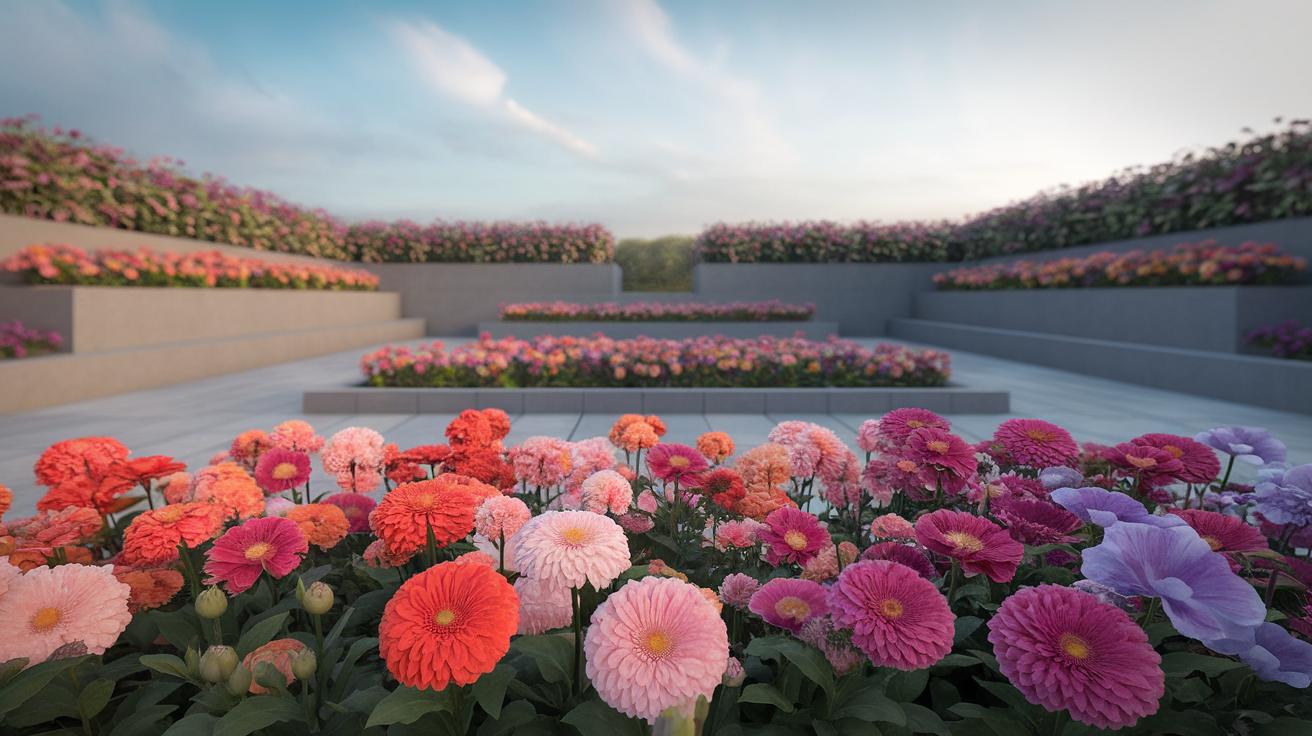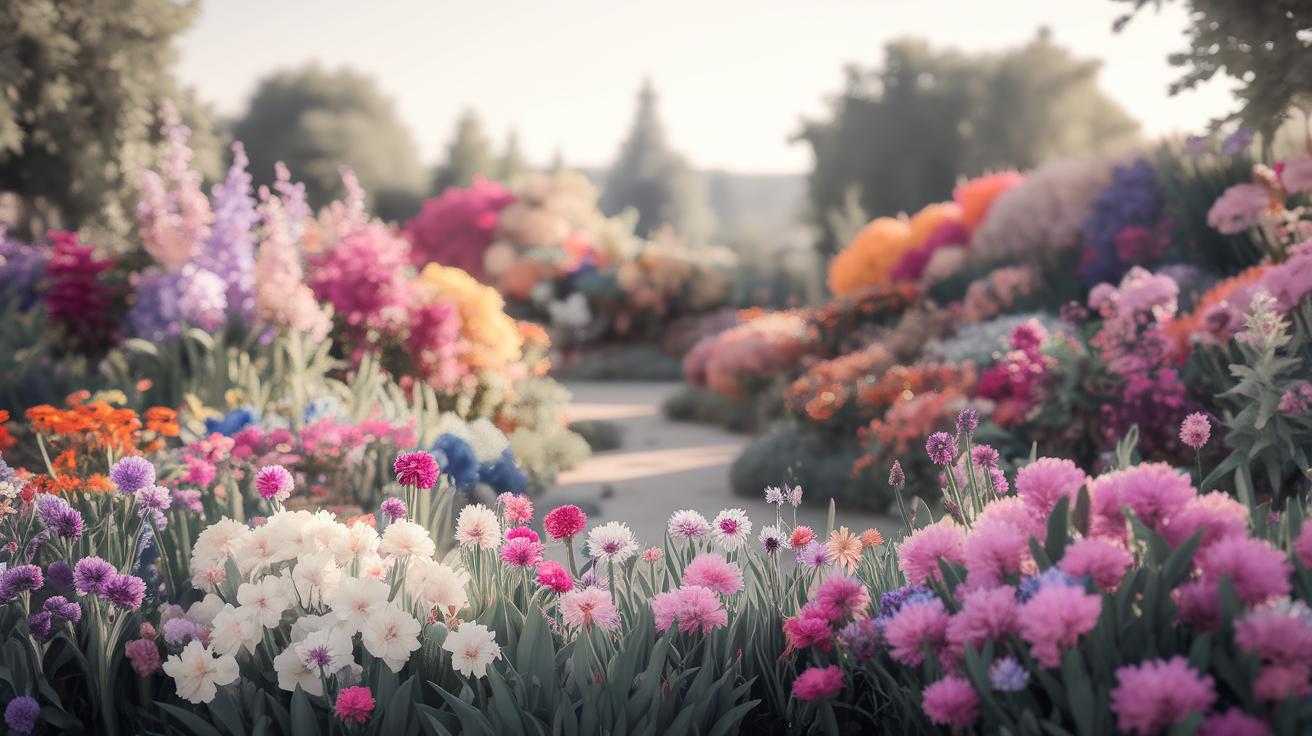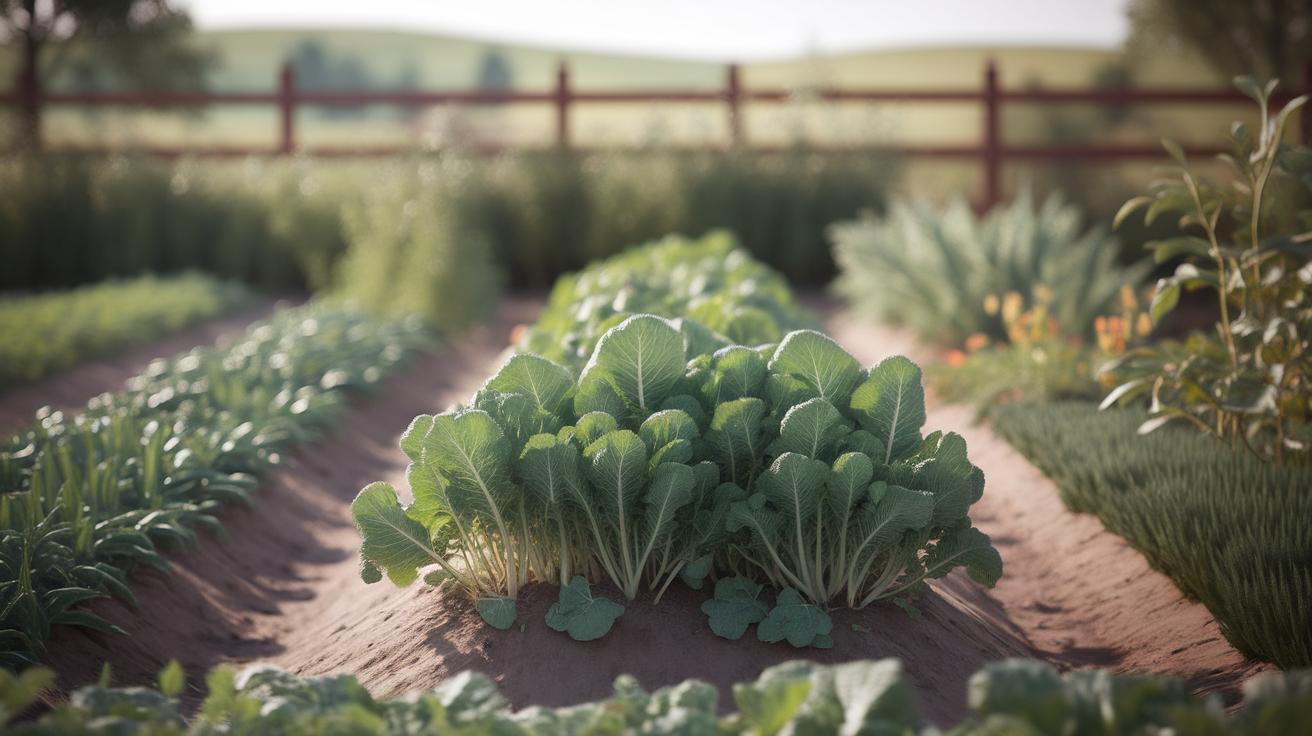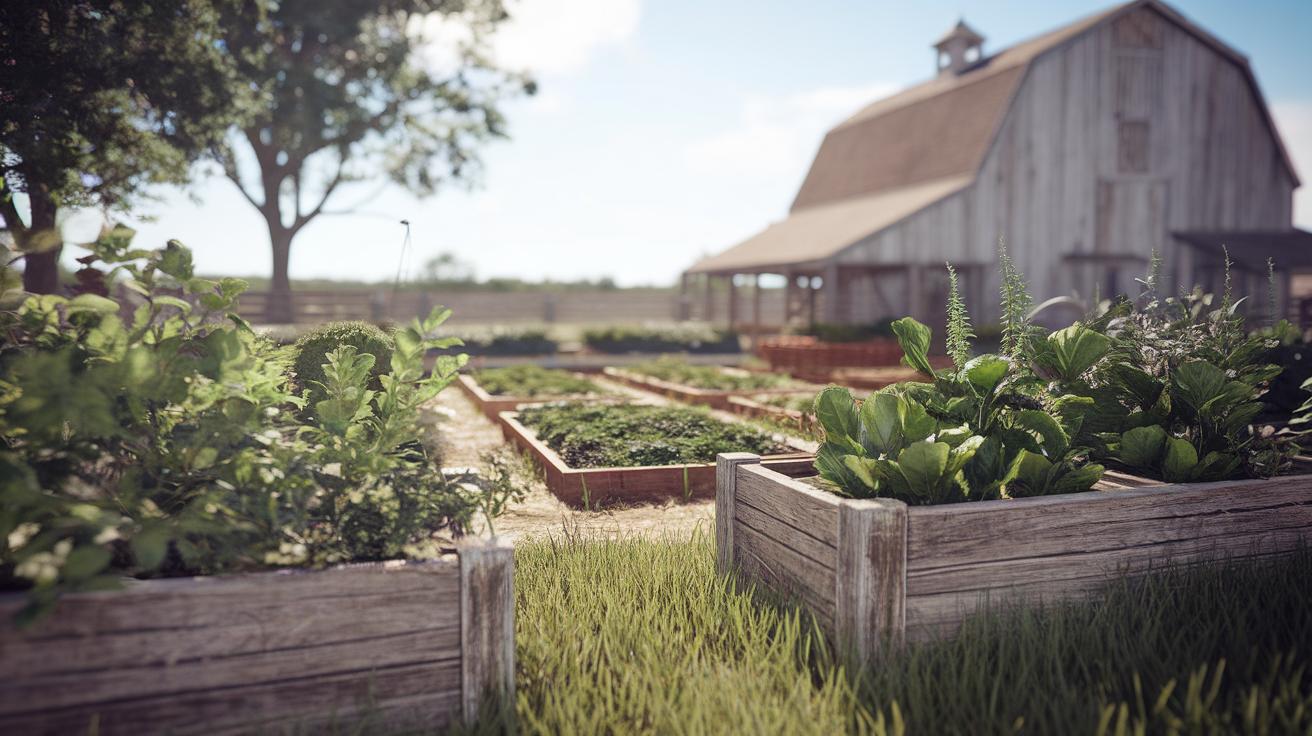Introduction
The world of gardening has seen a remarkable transformation, especially with the growing interest in cool flowers that bring a vibrant touch to your outdoor space. These beautiful blooming plants are more than just a visual delight; they have the ability to create serene atmospheres and improve your garden’s overall health. From perennial favorites to exotic varieties, stepping into the realm of cool flowers offers endless possibilities and creative designs. Understanding which flowers can thrive in your climate, blooming cycles, and pairing them effectively is essential for anyone looking to refresh their garden.
In this article, we will explore an array of cool flower options that not only beautify your garden but also enhance its functionality. Readers will discover tips for selection, arrangement, and care, ensuring that your garden remains a lively sanctuary. Whether you are a seasoned gardener or just beginning your journey, these trendy cool flowers promise inspiration and vibrancy to any garden layout.
Understanding Cool Flowers The Essentials of ClimateAppropriate Blossoms
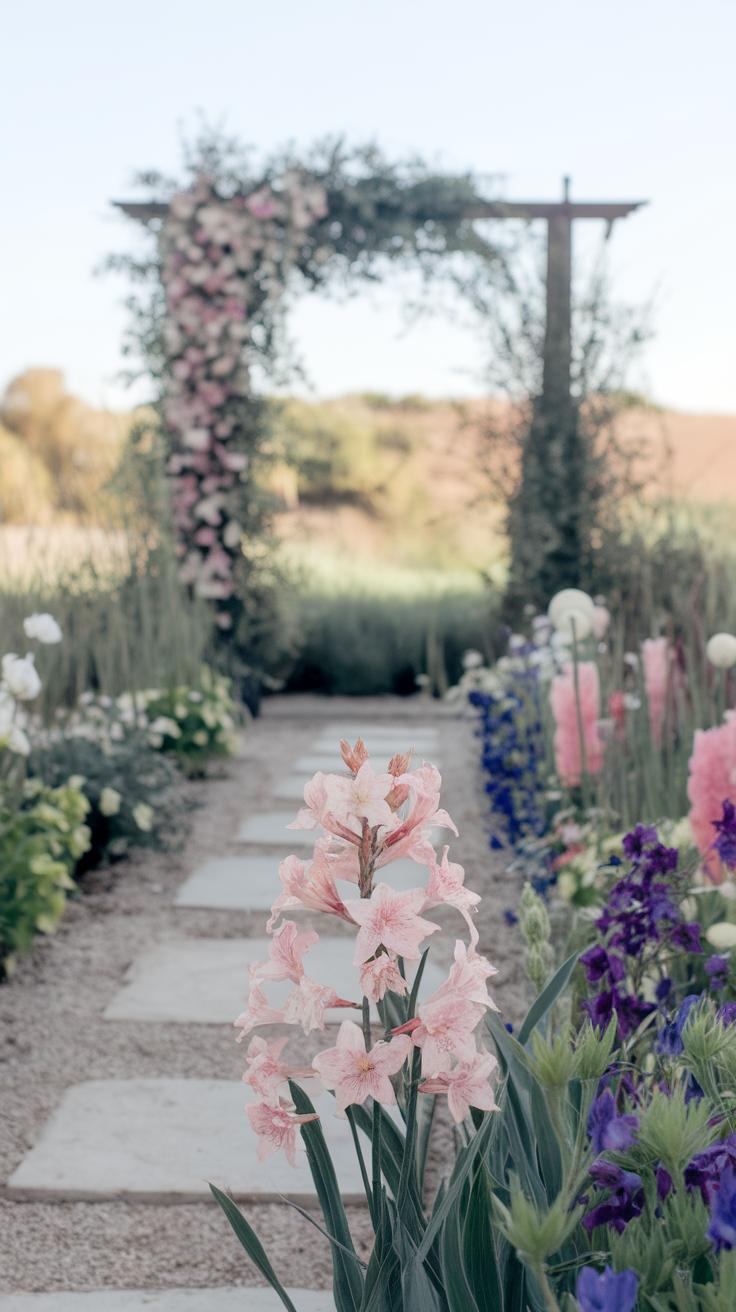
Defining Characteristics of Cool Flowers
Cool flowers are unique in their adaptability to specific climate conditions, typically flourishing in cooler months or regions where daytime temperatures remain moderate. These varieties often exhibit vibrant colors, resilience, and a long blooming period, making them ideal for innovative garden spaces. The ability of cool flowers to thrive in lower temperatures not only offers aesthetic advantages but also ensures an extended blooming season, captivating the senses with their beauty.
The Role of Climate in Choosing Cool Flower Varieties
Choosing the right cool flower varieties significantly depends on local climate conditions. Understanding your climate zone helps in selecting flowers that will not only survive but thrive. Options include hardy annuals and perennials that flourish in spring and fall. Identifying soil type, sunlight availability, and seasonal temperatures are vital steps in this selection process. Emphasizing a climate-appropriate approach not only enhances garden aesthetics but also promotes sustainable gardening practices, ensuring lasting results in your floral endeavors.
Popular Varieties of Cool Flowers
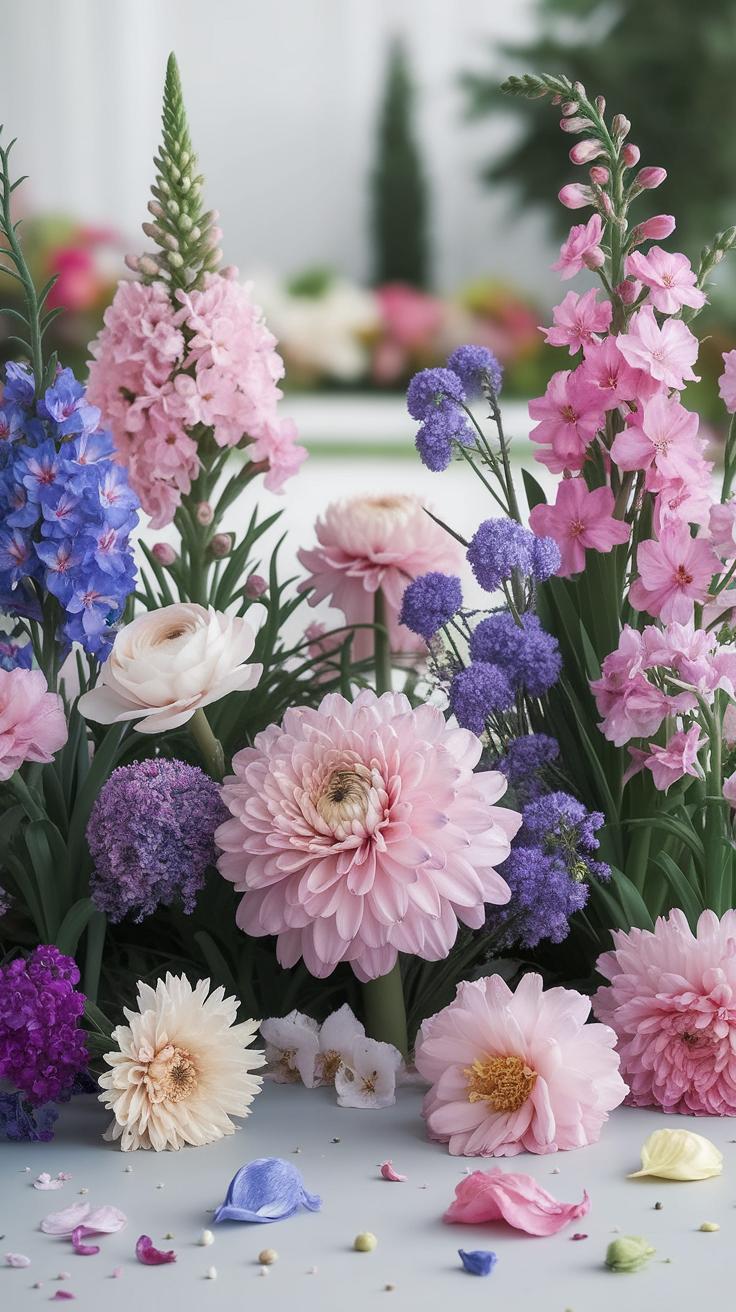
Trending Cool Flower Varieties
Incorporating cool flowers into your garden not only enhances the aesthetic appeal but also showcases unique traits that can elevate any space. One popular choice is the Lobelia, known for its vibrant blue hues and cascading growth patterns. This flower thrives in cooler temperatures and offers an impressive display from spring until frost. Another favorite is the Pansy, beloved for its wide array of colors and delicate, smile-like blooms. Pansies can endure chilly nights and remain stunning even in tough conditions.
Snapdragons are also making waves in cool gardens for their vertical growth and diverse color palette, which ranges from soft pastels to bold shades. Their unique flower shape adds dimension, creating visual interest. Lastly, the Calendula, with its bright orange and gold blooms, is not only eye-catching but also known for attracting beneficial insects to your garden. Each of these varieties contributes to a cooler, trendier garden atmosphere.
Color Combinations and Arrangements Effective Color Theory in Crafting a Garden of Cool Flowers
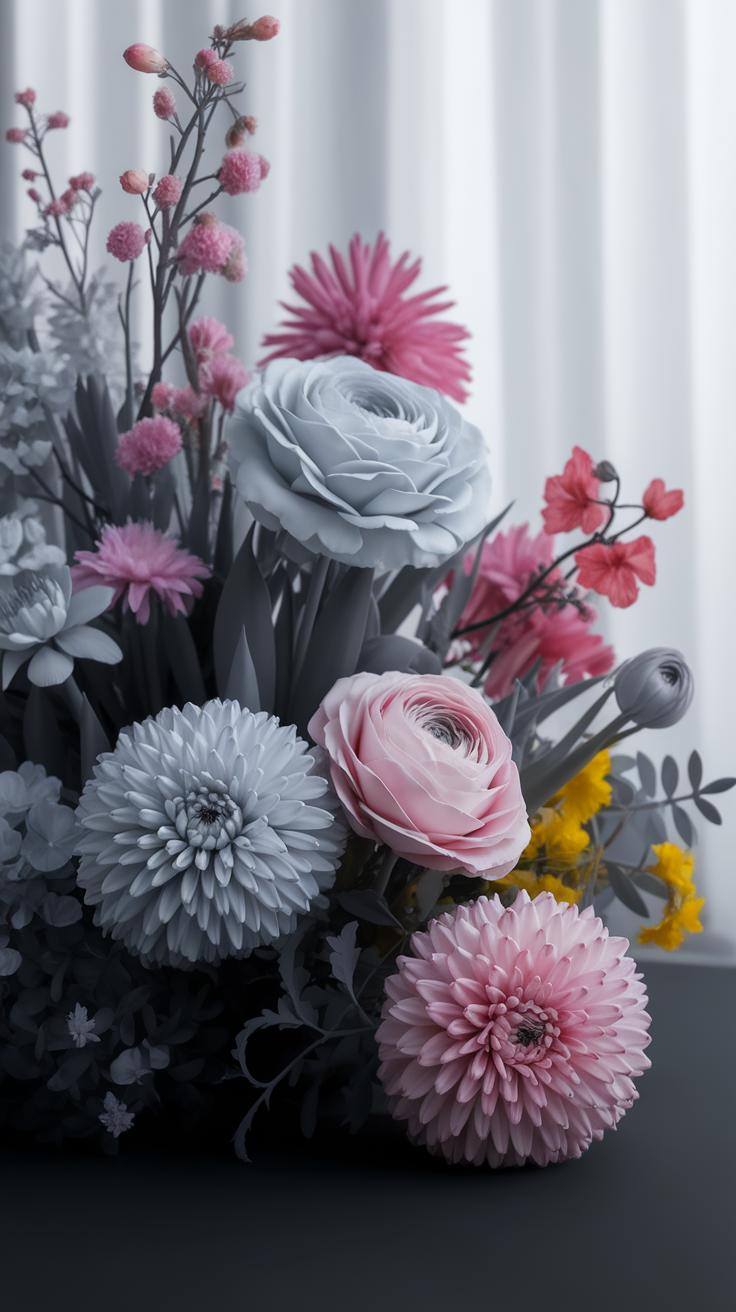
Mastering Color Theory for Cool Floral Designs
Creating a stunning garden filled with cool flowers requires an understanding of color theory. Harmonious color combinations can transform a simple garden into an inspiring landscape. Start by identifying the color wheel’s primary colors: red, blue, and yellow. Combine these with secondary colors, like purple, green, and orange, to develop a balanced arrangement. Analogous colors, which sit next to each other on the wheel, create serene effects, while complementary colors, positioned opposite each other, generate vibrant contrasts. Selecting varieties like cool blue delphiniums paired with warm orange marigolds can add depth and intrigue to your garden layout.
Practical Tips for Arranging Color Combinations
When arranging your cool flowers, consider both the season and the visual impact you wish to achieve. Group flowers in varying heights to create layers, allowing shorter plants like pansies to complement taller blooms like snapdragons. Experiment with different color combinations—such as cool yellows and rich purples—to evoke specific moods within your garden. Additionally, cohesive themes, such as monochromatic schemes, can enhance unity. Finally, keep in mind the light conditions of your garden space; placing brighter flowers in sunlit areas while using softer hues in shaded spots can enhance the overall effect.
Soil and Fertilizing Needs Preparing for Trendy Cool Flowers
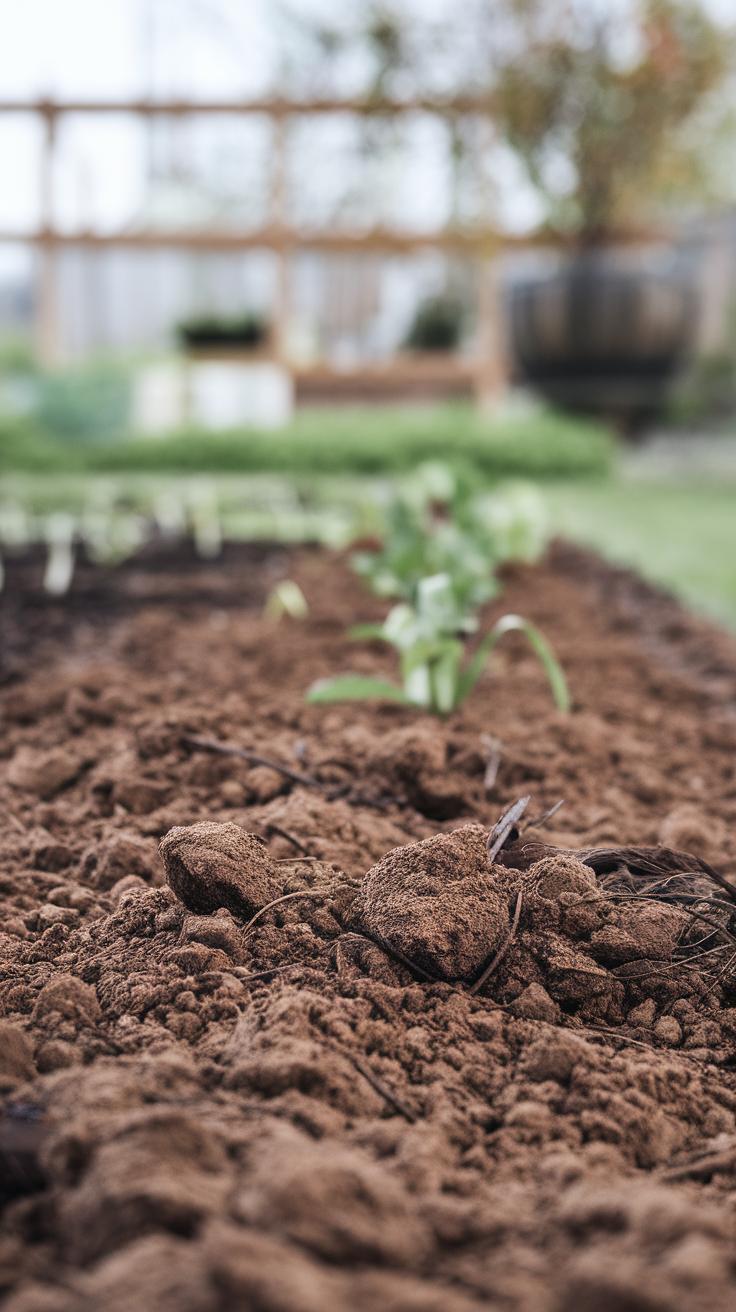
Understanding the soil types and nutritional requirements for cool flowers is key to achieving a vibrant garden. Cool flowers, such as pansies, snapdragons, and violas thrive best in well-drained, loamy soil rich in organic matter. A pH level between 6.0 and 7.0 is ideal. Conducting a soil test can provide insight into nutrient deficiencies, allowing for targeted amendments.
To optimize growth, it is recommended to incorporate compost or well-rotted manure into the soil before planting. This not only enhances soil fertility but also improves drainage and moisture retention. For established plants, a slow-release fertilizer can be applied every few months during the growing season, ensuring that the flowers receive the nutrients they need to flourish.
Watering Techniques for Cool Flowers Optimal Hydration for Your Garden
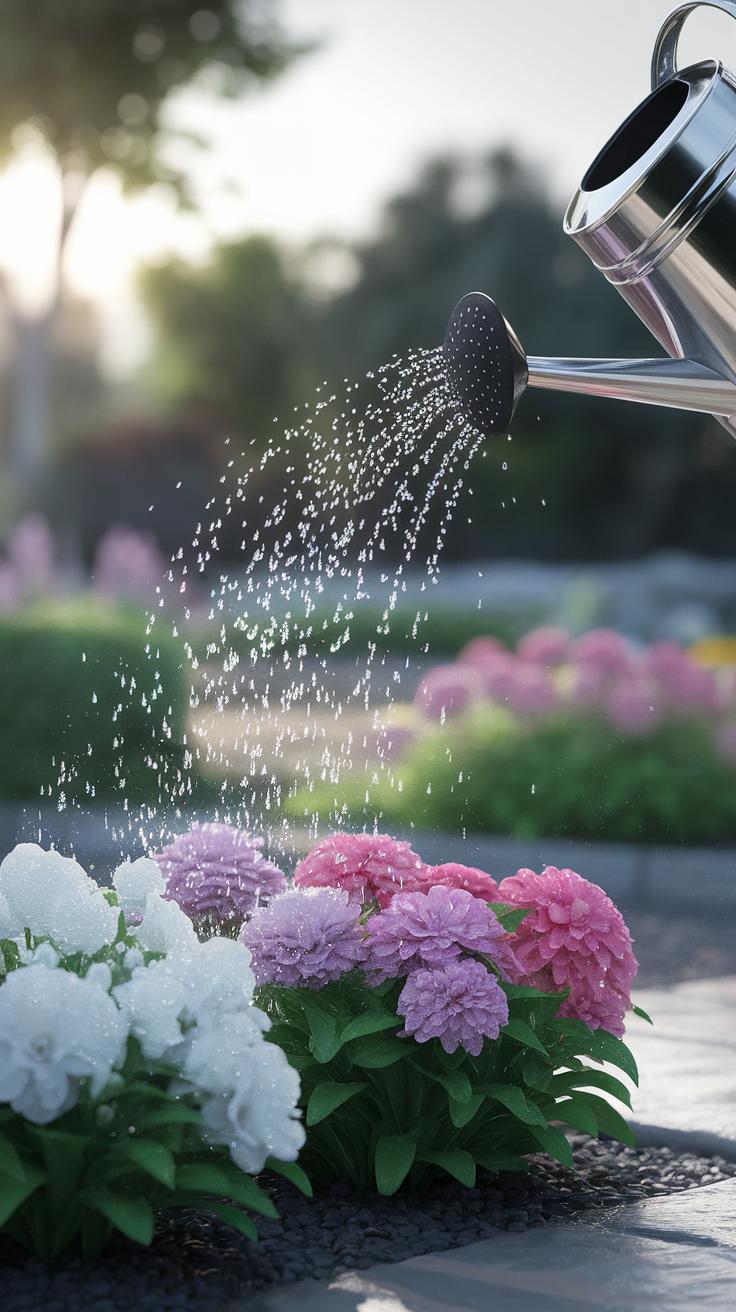
Watering Requirements of Cool Flowers
Understanding the watering needs of cool flowers is crucial for their flourishing growth. Many cool-season varieties, such as pansies, snapdragons, and violas, thrive in moist yet well-draining soil. These flowers often prefer regular watering, especially during hot spells, to maintain hydration and vibrant blooms. A general rule is to water once or twice a week, providing approximately an inch of water with each session. Monitoring soil moisture levels is essential; if the top inch feels dry, it’s time to water.
Effective Watering Techniques
Employing effective watering techniques can significantly enhance the health of your cool flower garden. Consider using drip irrigation or soaker hoses, which deliver water directly to the soil, minimizing evaporation and preventing fungal diseases. Watering in the early morning is ideal, as it allows plants to absorb moisture without the stress of midday heat. Applying mulch around plant bases helps retain moisture and keeps roots cool. Adjusting watering frequency based on weather conditions ensures that your cool flowers remain hydrated without becoming waterlogged, promoting robust growth and abundant blooms.
Pest and Disease Management Common Threats to Cool Flowers
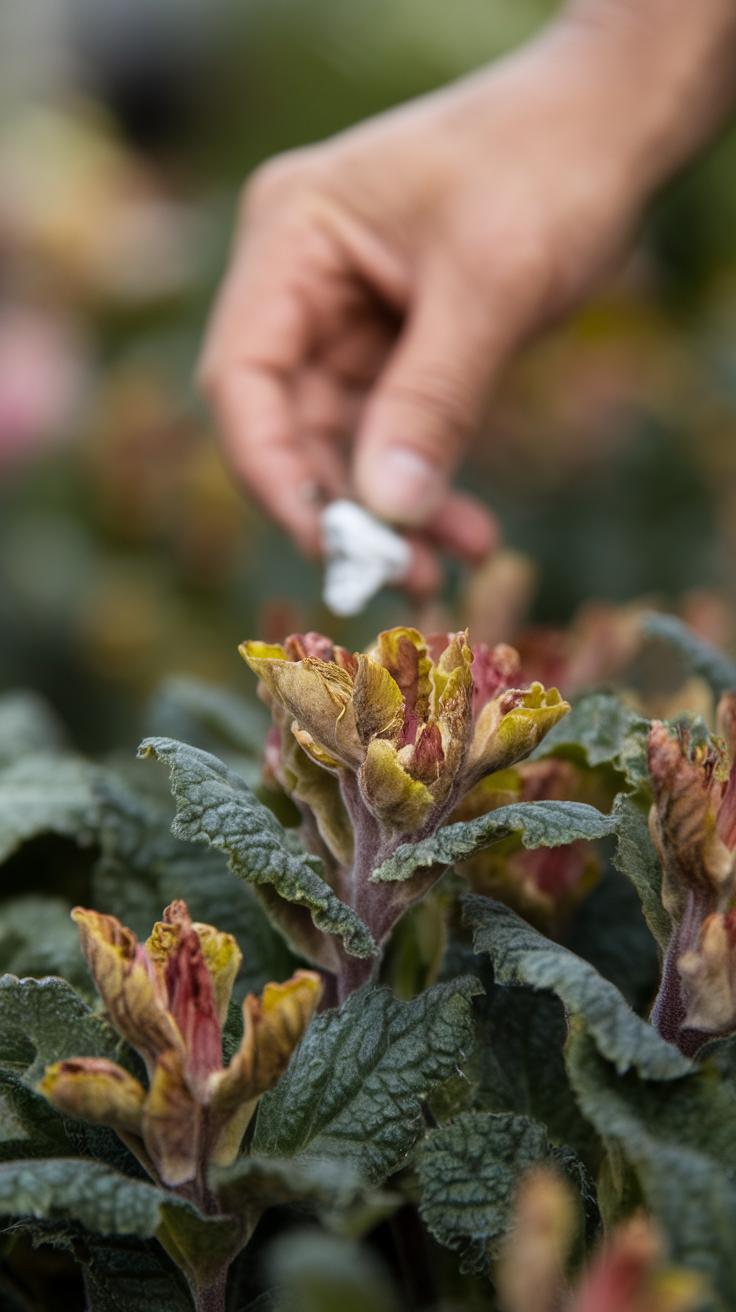
Identifying Pests and Diseases
Cultivating cool flowers brings a unique set of challenges, particularly in pest and disease management. Common pests such as aphids, spider mites, and whiteflies love to feast on these delicate blooms, often leading to significant damage. These nuisances not only weaken the plants but can also spread diseases like powdery mildew and botrytis blight, which thrive in the cool, damp conditions that some cool flowers prefer. Regularly inspecting your plants for early signs of infestation is key to keeping your garden vibrant.
Management Strategies
Implementing effective management strategies can protect your cool flowers from pests and diseases. Beneficial insects, such as ladybugs and lacewings, are natural predators that can help reduce pest populations. Likewise, organic insecticidal soaps or neem oil can deter unwanted infestations without harming beneficial insects. Maintaining air circulation and proper spacing between plants helps reduce humidity and prevent fungal diseases. Rigorously cleaning up fallen leaves and plant debris also prevents the spread of pathogens, ensuring your innovative garden space remains healthy and attractive.
Seasonal Maintenance of Cool Flowers
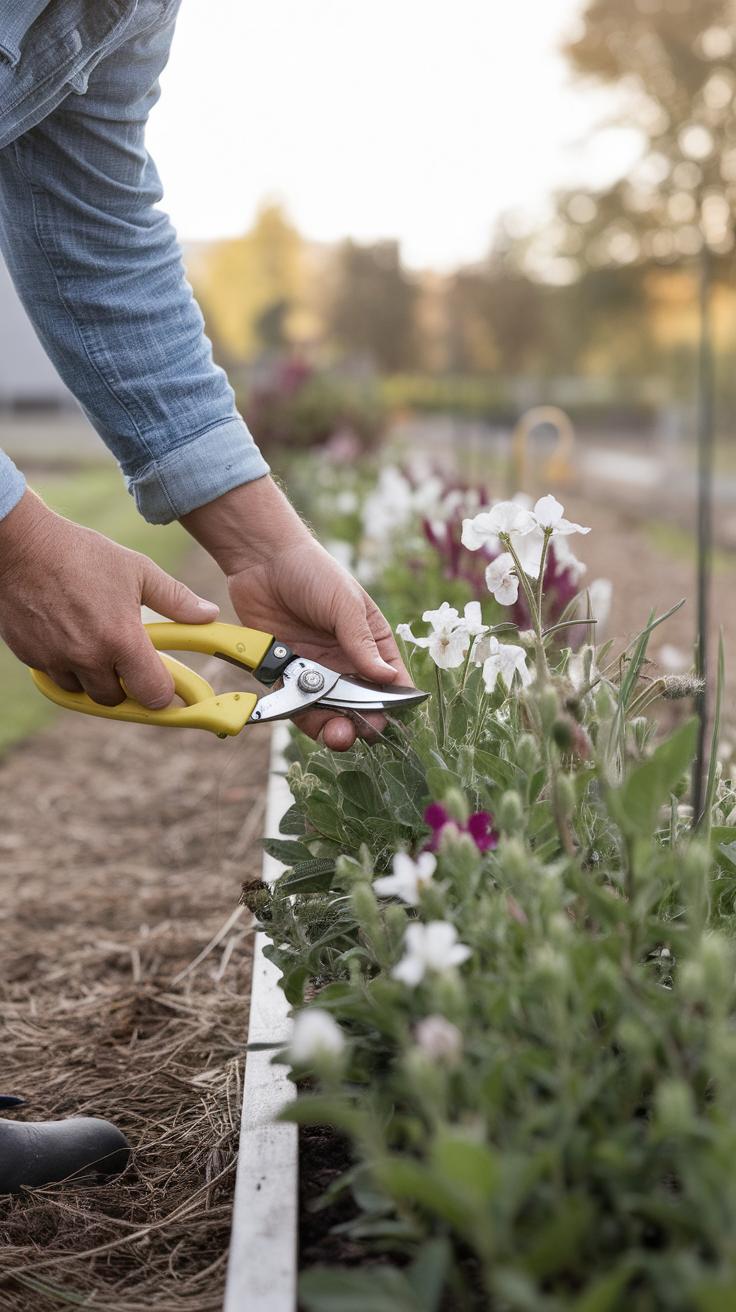
Essential Care Throughout the Year
Maintaining cool flowers requires a keen understanding of seasonal care routines. In spring, focus on preparing the soil by adding organic matter and ensuring proper drainage. As flowers begin to emerge, regular watering becomes vital, especially in dry spells. Mulching helps retain moisture and suppress weeds, providing a nurturing environment for young plants.
During the summer months, ongoing maintenance tasks include deadheading spent blooms to encourage new growth and prevent seed formation. Regularly inspect plants for pests, adjusting care routines to address any emerging threats. As fall approaches, allow foliage to die back naturally, which can help protect the root systems during colder months.
Winter care involves covering delicate varieties to shield them from harsh weather or frost. In mild climates, pruning may be necessary to maintain shape and promote vigorous growth in spring. Adhering to these seasonal tasks ensures your cool flowers remain vibrant and healthy throughout the years.
Creating a Flower Bed Design Attractive Arrangements with Cool Flowers
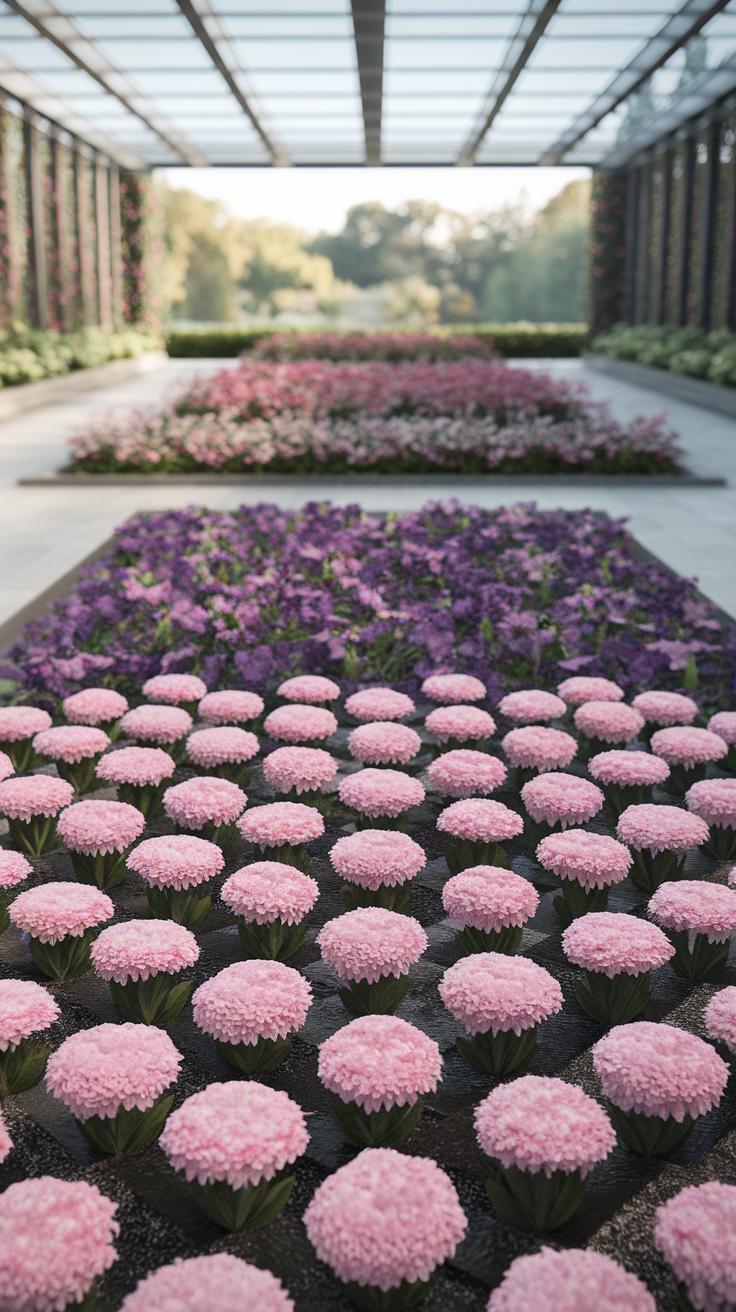
Designing Your Flower Bed Layout
Designing an appealing flower bed using cool flowers requires careful planning and creativity. Start by selecting a focal point, such as a tall variety like foxglove or hollyhocks, which can draw the eye and anchor the arrangement. Surround this focal point with mid-height flowers like delphiniums, ensuring a natural flow. Finally, use smaller, trailing plants, such as lobelia or creeping phlox, at the front to create depth and visual interest.
Arrangement Tips for a Cohesive Look
Consistency in color palette is key to a harmonious flower bed. Choose cool flowers in various shades of blues, purples, and whites to create a serene atmosphere. Group plants in odd numbers and mix textures by incorporating different leaf shapes and sizes for dynamic contrast. Consider seasonal variations to maintain color throughout different periods, ensuring your flower bed remains visually engaging year-round. This thoughtful design enhances not only your garden’s aesthetic but also your outdoor experience.
Incorporating Cool Flowers with Other Plants
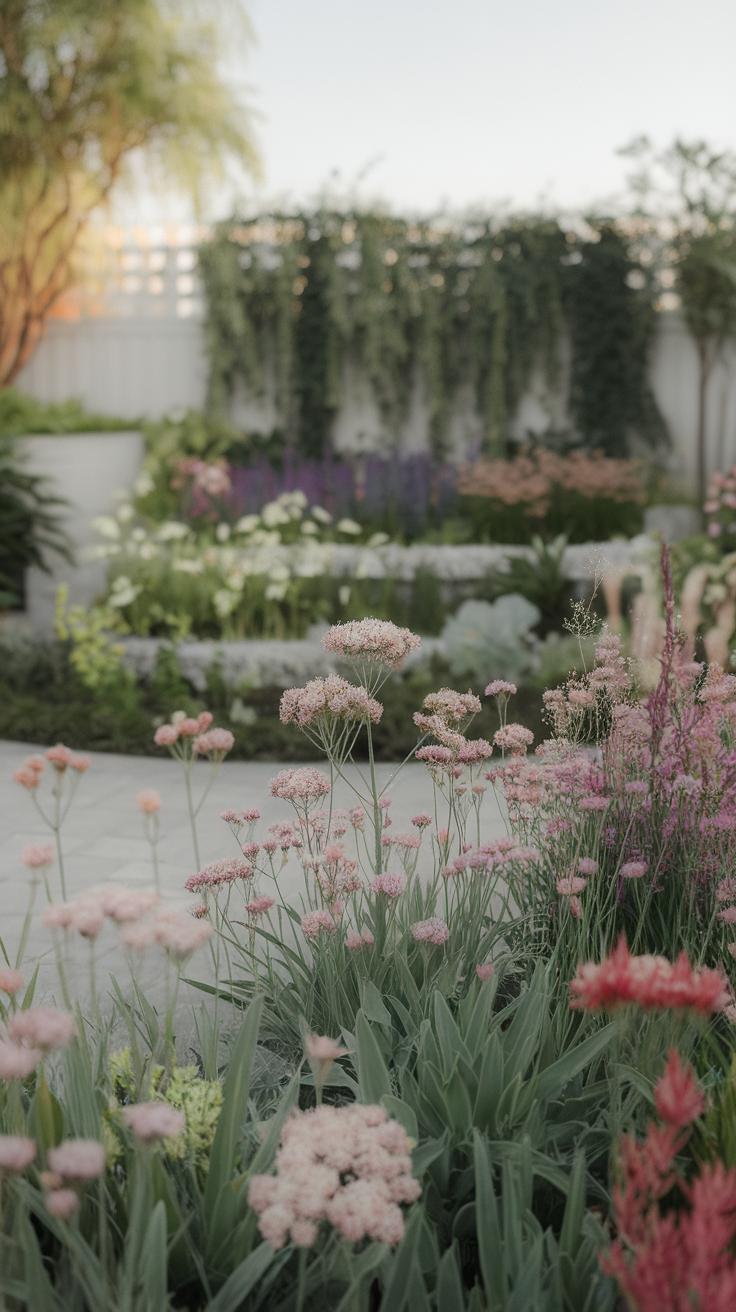
Creating a Cohesive Landscape Design
Integrating cool flowers into your garden alongside shrubs and other plants requires careful consideration of color, texture, and height. Begin by selecting a palette that complements the hues of your cool flowers, such as vibrant blues, purples, and whites, often found in varieties like delphiniums or lobelias. Pair these with evergreen shrubs to provide year-round structure and a contrasting backdrop that enhances the cool flowers’ visual impact.
Layering is essential for depth and interest. Taller cool flowers can serve as focal points, while mid-sized plants fill in the gaps. Groundcovers like creeping thyme can seamlessly bridge the spaces between shrubs and flowers, adding lush greenery and reducing maintenance needs. This harmonious blend not only elevates aesthetics but also promotes biodiversity, attracting pollinators and enriching your garden’s ecosystem.
Innovative Trends in Flower Gardening Examine the Latest Trends and Innovations in Flower Gardening that Highlight Cool Flowers
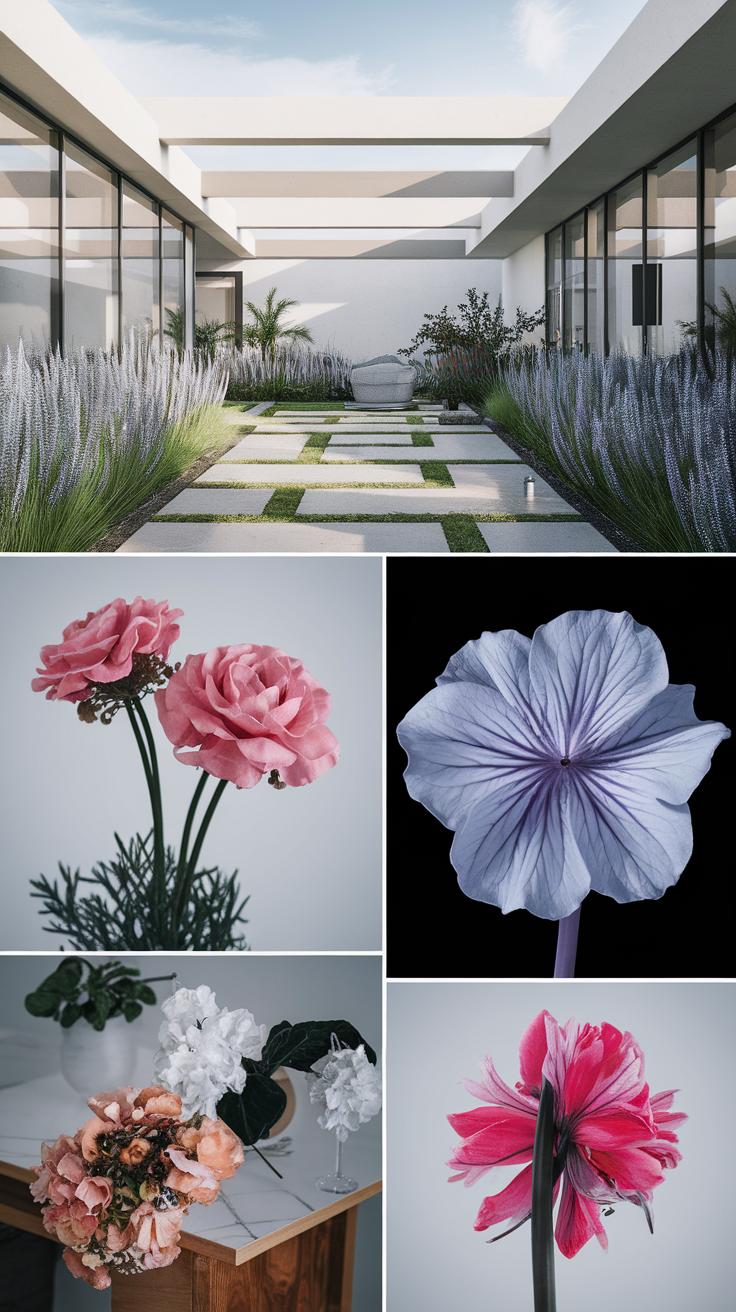
As gardening enthusiasts seek to refresh their spaces, innovative trends emerge that spotlight cool flowers. The rise of sustainable gardening practices has led to an increased interest in perennial cool flowers, which not only enhance visual interest but also contribute to garden longevity. Varieties such as purple coneflower and sedum are becoming household favorites for their resilience and vibrant colors.
Integrating tech into gardening has also become a popular trend, with apps that allow for plant identification and care management. These technologies help gardeners select cool flowers suited to their local climate and soil conditions, ensuring successful growth. Vertical gardens and container gardening for cool flowers are gaining traction, offering innovative solutions for urban spaces where traditional gardening may be limited.
Emphasizing biodiversity, many gardeners are now incorporating native cool flowers that attract pollinators. This approach not only beautifies gardens but also fosters a thriving ecosystem, benefiting both plants and wildlife. Such trends represent a shift toward a more thoughtful, innovative gardening philosophy that highlights the beauty and functionality of cool flowers.
Conclusions
Incorporating cool flowers into your garden is a fantastic way to embrace creativity while enhancing the landscape. With an impressive variety of plants available, there’s no shortage of choices that complement personal taste and environmental conditions. Understanding the specific needs of each flower, from soil to sunlight, can significantly impact the success of your floral garden.
Refreshing your garden with trendy cool flowers enriches not only the aesthetics but also invites a sense of tranquility and joy. As you venture into selecting and planning your garden layout, remember that the journey of gardening is as rewarding as the blooming flowers themselves. Embrace the beauty of nature and let your garden flourish.


